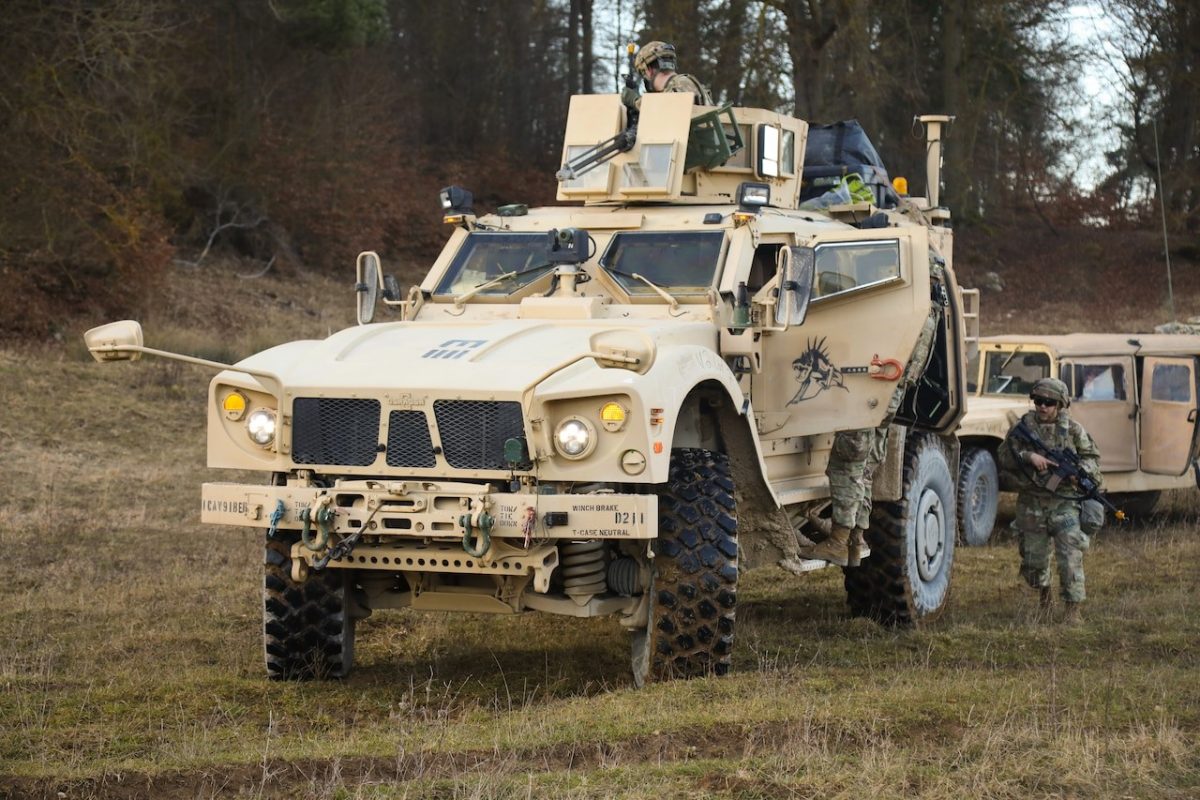In a recent interview, President Biden, to the distress of military and intelligence officials, stated the military was low on 155 mm artillery ammunition. The slip was a dangerous signal to America’s adversaries about a vital U.S. military weakness.
The problem is not isolated to one type of ammunition or weapon system. It a system-wide crisis in the entire U.S. Defense Industrial base.
A Federal News Network study earlier this year revealed that the whole defense industrial base is shrinking. The report stressed that “the Defense market suffered a net loss of 3,300 companies in fiscal year 2021, the latest statistics available…The industrial base has been declining every year since 2017, from 76,700 companies in that year to just under 60,000 in 2021.”
The Department of Defense explains that The “defense industrial base” refers to the collection of businesses, large and small, that DOD relies upon to provide the materials, equipment and weapons systems needed to defend the nation.
In recent years, the report shows, the number of companies within the defense industrial base has shrunk dramatically. The decrease in participation decreases the diversity of suppliers and at the same time decreases the kind of competition that spurs innovation and lowers prices paid for defense materials by the taxpayer, the report says.
“Since the 1990s, the defense sector has consolidated substantially, transitioning from 51 to 5 aerospace and defense prime contractors,” the report states. “As a result, DOD is increasingly reliant on a small number of contractors for critical defense capabilities.”
Over the last 30 years, the report continues, the number of suppliers for things such as tactical missiles, fixed-wing aircraft, and satellites have all declined dramatically. For instance, 90% of missiles now come from just three sources, the report says.
Competition within the Defense Industrial Base (DIB) is vital to the Pentagon for several reasons. When markets are competitive, the Department reaps the benefits through improved cost, schedule, and performance for the products and services needed to support national defense. During initial procurement, incentivizing innovation through competition drives industry to offer its best technical solutions at a best-value cost and price. During contract performance, the expectation that contractors will have to compete against other firms in the future encourages them to perform effectively and efficiently. Competition is also an indicator of the necessary industrial capability and capacity to deliver the systems, key technologies, materials, services, and products the Department requires to support its mission. Insufficient competition may leave gaps in filling these needs, remove pressures to innovate to outpace other firms, result in higher costs to taxpayers as leading firms leverage their market position to charge more, and raise barriers for new entrants. Over approximately the last three decades, the number of suppliers in major weapons system categories has declined substantially: tactical missile suppliers have declined from 13 to 3, fixed-wing aircraft suppliers declined from 8 to 3, and satellite suppliers have halved from 8 to 4. Today, 90% of missiles come from 3 sources.
The Center for Strategic and International Studies notes that “In a major regional conflict—such as a war with China in the Taiwan Strait—the U.S. use of munitions would likely exceed the current stockpiles of the U.S. Department of Defense (DoD).” CSIS studies found that “In a major regional conflict—such as a war with China in the Taiwan Strait—the U.S. use of munitions would likely exceed the current stockpiles of the U.S. Department of Defense (DoD) in less than a week.”
While America’s capacity to produce armaments has been challenged, China, according to A National Interest report found that China is acquiring weapons five to six times faster than the U.S.
Photo: Soldiers begin movement in a OshKosh M-ATV during an exercise in Hohenfels, Germany, Feb. 21, 2021. Military systems such as the M-ATV are produced by a decreasing number of private sector companies in the defense industrial base (DoD)
